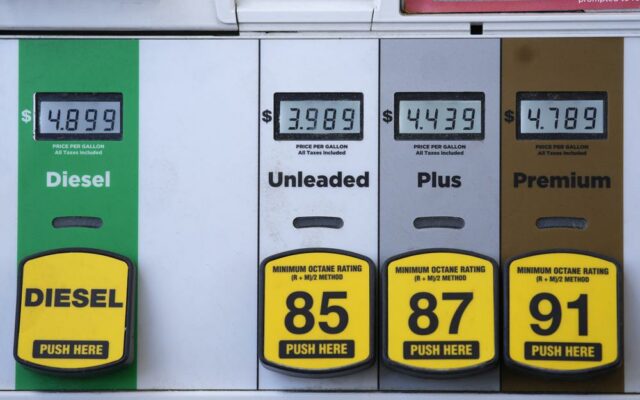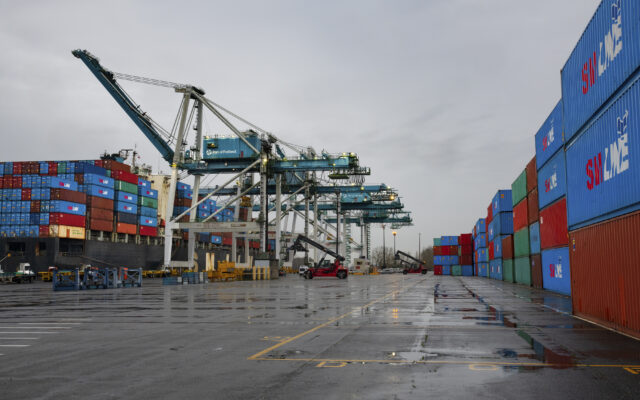OPEC+ Production Cuts Cause Gas Prices To Rise

Portland, Ore. — On Sunday, OPEC+ announced that it would cut oil production by just over 1 million b/d through the end of 2023, starting in a month. As a result, crude oil prices soared above $80 per barrel for the first time since March 6, pushing up pump prices that were already expected to rise due to higher demand during the summer driving season. Marie Dodds, public affairs director for AAA Oregon/Idaho, said, “The move by OPEC+ and increasing demand for gas in the U.S. mean drivers will pay more to fill up.”
Crude oil is the main ingredient in gasoline and diesel, so pump prices are impacted by crude prices on the global markets. In addition, the seasonal switch to summer-blend fuel is putting upward pressure on pump prices. California has already switched to summer-blend fuel, while the federal deadline is May 1. This earlier deadline contributes to prices climbing earlier on the West Coast.
Demand for gasoline in the U.S. increased from 8.96 million to 9.15 million b/d for the week ending March 24. Total domestic gasoline stocks decreased substantially by 2.9 million bbl to 226.7 million bbl. Increased demand amid tighter supply has contributed to pushing pump prices higher.
California, Hawaii, Washington, Arizona, and Nevada are the only five states with averages at or above $4 a gallon. This week, 45 states and the District of Columbia have averages in the $3-range. The cheapest gas in the nation is in Mississippi ($3.02) and Arkansas ($3.09).
The West Coast region continues to have the most expensive pump prices in the nation, with all seven states in the top 10. This is due to fairly tight supplies and higher transportation costs, among other factors.
While all 50 states and the District of Columbia have lower prices now than a year ago, the national average is 68 cents less and the Oregon average is 76 cents less than a year ago. However, pump prices were rising rapidly after the start of the Russian invasion of Ukraine.



